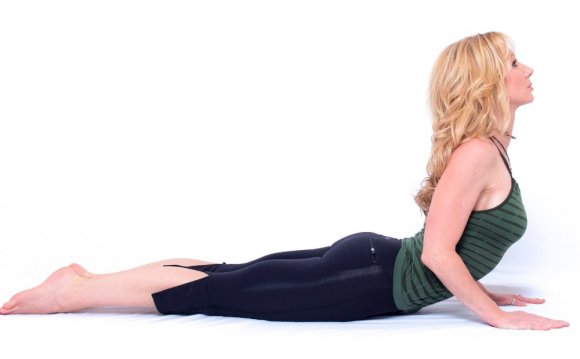

|
Gayle T. Walter, MPH Adjunct Professor, Kaplan University School of Health Sciences Many adults suffer from chronic low-back pain as a result of heavy lifting, injuries, scoliosis, strained ligaments, or degenerative arthritis. Most chronic low-back pain cases (85 percent) are nonspecific and cannot be linked to specific physical abnormalities. Those who are inflicted with chronic low-back pain are also at risk for increased disability, increased presence of psychological symptoms such as depression and anxiety, and reduced health-related quality of life. While the recommended treatment for back pain involves medication management, physical therapy, and possible surgery, the long-term use of medications may have negative side effects. Thus, alternative approaches are frequently added to complement the conventional approach. There is growing evidence that complementary therapies, such as yoga, acupuncture, and massage therapy produce, on average, moderately large therapeutic effects. As an additional benefit, yoga costs considerably less per person because it can be easily administered in a group setting rather than one-on-one instruction. In a study funded by the National Institutes of Health (NIH) at West Virginia University, people with chronic low-back pain problems who practice yoga are also able to better manage pain and depression than those experiencing conventional treatment . The study sample contained 90 subjects that were randomly assigned to the yoga group or the group that received conventional medical therapy. Yoga participants took a 90-minute class twice a week for 24 weeks, doing postures targeted to relieve chronic low-back pain. Participants practiced Iyengar yoga, “a popular form of yoga in the United States, emphasiz[ing] postures that encourage strength, flexibility, and balance.” Follow up continued for 6 months after the final yoga classes or therapy sessions. At the end of the study, the yoga group had “less pain, less functional disability, and less depression compared with the control group” receiving only medical intervention. Another study examined the benefits of a yoga intervention for Veterans Administration (VA) patients. A pre- and post-intervention questionnaire was given to patients referred by their primary health care providers to participate in the study. The questionnaire included measures of pain, depression, energy/fatigue, health-related quality of life, and program satisfaction. After a 6-week treatment regimen, participants were asked to self-report the number of yoga sessions they attended and how often they practice yoga at home. The data indicate that VA patients showed “sizable decreases in pain and depression along with increases in energy levels and the mental health summary score for Health-Related Quality of Life (HRQOL).” The treatment of chronic low-back pain can drastically reduce health care expenditures and provide a higher health-related quality of life for adults. In numerous studies, yoga has shown to help participants overcome back pain and increase their strength and flexibility. Yoga has also been shown to be helpful for treating a variety of health problems including diabetes, mental health issues, cancer, and musculoskeletal strength and flexibility. Yoga and other alternative methods to treat back pain should not be used in place of medical intervention, but rather as a complement. A person suffering from chronic low-back pain should always check with their health care practitioner to rule out any contraindications to proceeding with yoga. And remember, finding an experienced teacher with adequate training and experience is also key. References 1. Timothy McCall, MD, “A Yoga Approach to Back Pain, ” .
|









